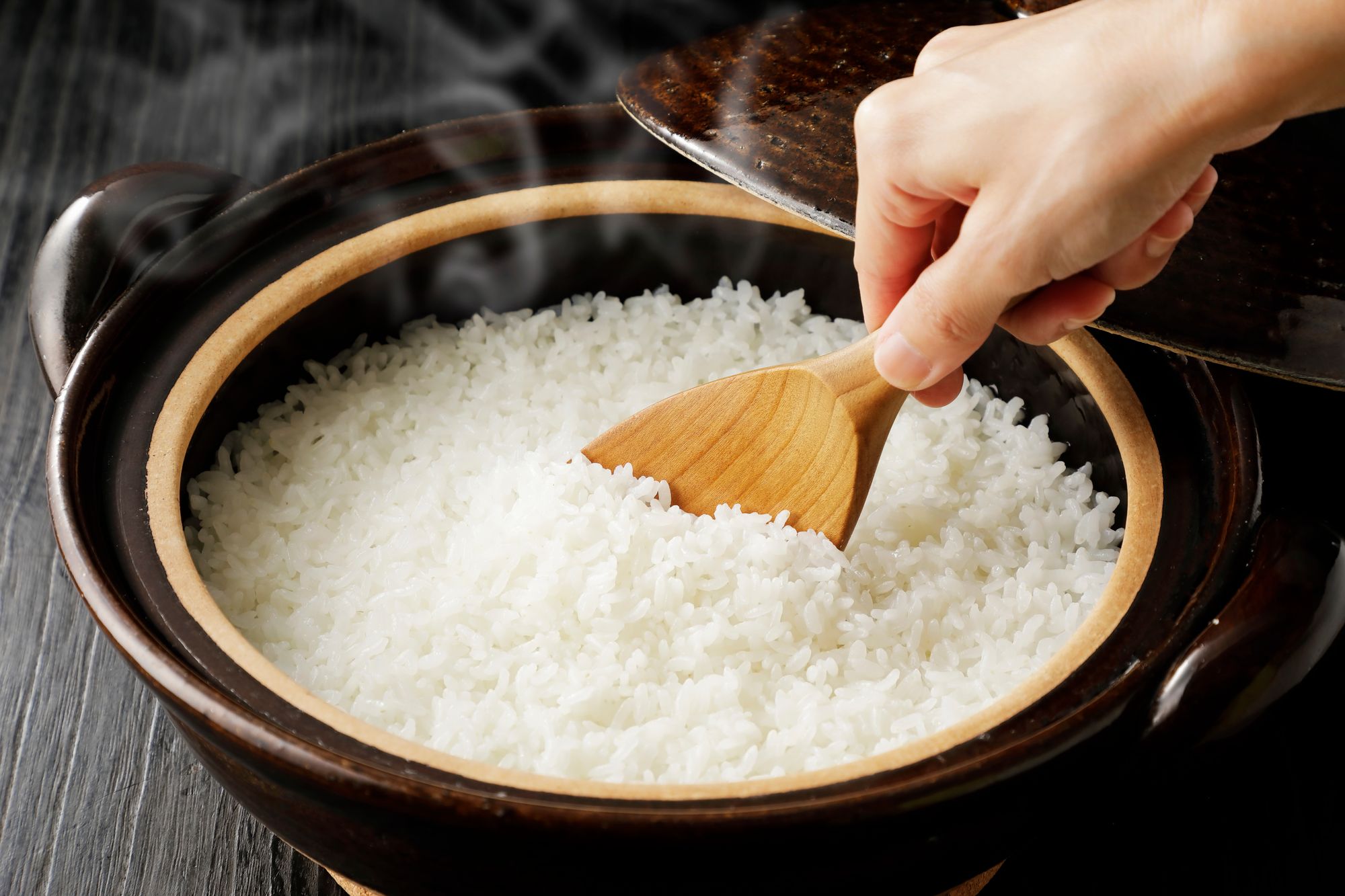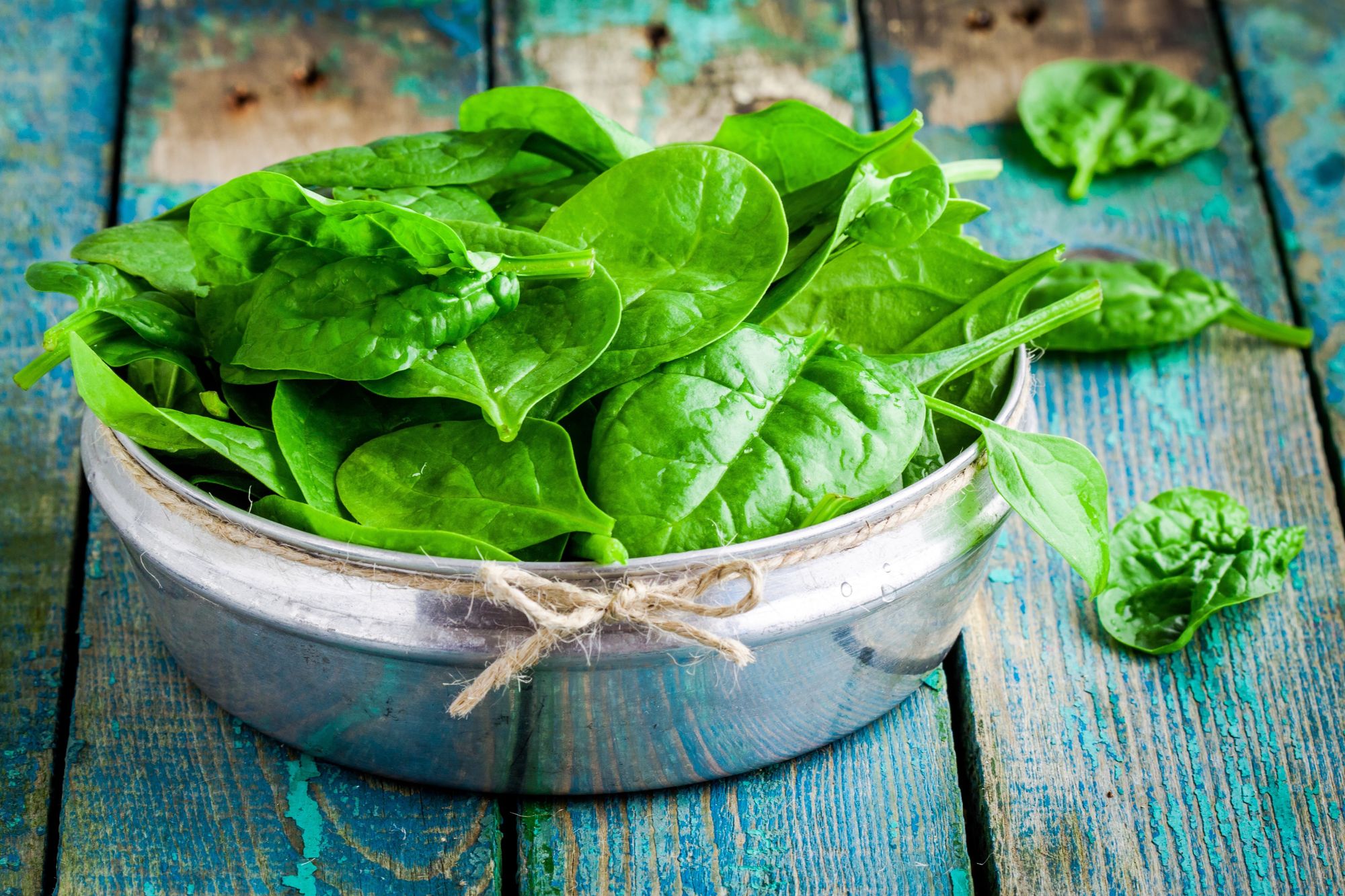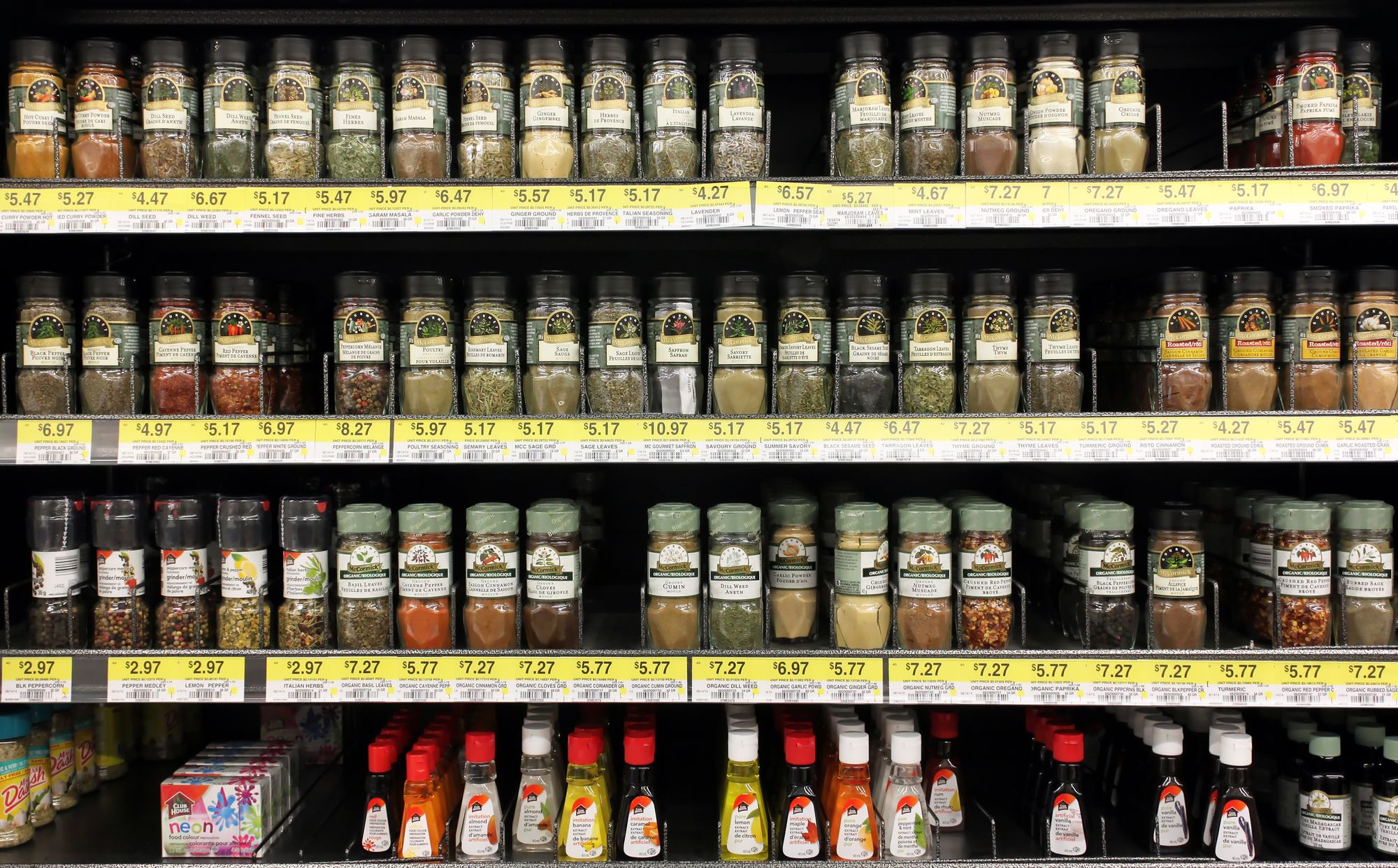The health hazards of toxic metals, such as lead, have been recognized for decades, but the efforts to eliminate them from our food supply are still playing catch-up. The Federal Drug Administration (FDA) recently released new draft guidelines on acceptable lead levels in baby food, almost two years after a Congressional report revealed the presence of toxic elements, such as arsenic, lead, cadmium, and mercury, in baby food from seven different companies.
The "Closer to Zero" initiative of the FDA aims to continually reduce the levels of environmental contaminants in foods consumed mainly by babies and young children. To safeguard the most vulnerable population against heavy metal toxicity, the FDA has proposed a limit of 10 parts per billion (ppb) in baby food and 20 ppb in other products frequently consumed by young children.
According to Dr. Deane Falcone, PhD, the chief scientific officer at Crop One, striking a balance is crucial. Setting the limit at zero would be unfeasible and adversely affect food production. Therefore, determining an acceptable, very low level of heavy metal contamination is crucial.
What is a Safe Amount of Heavy Metals for Consumption?
Determining a safe level of heavy metal consumption is a challenging question, as research indicates that there is no such level. While adults can tolerate low exposure to these elements, even small amounts of toxic metals over time can have severe effects on children, particularly in terms of brain development. Neurocognitive disorders, impaired brain development, decreased IQ, and other behavioral issues can all result from exposure to toxic metals in young individuals.
The FDA still has a long way to go in holding manufacturers accountable, and compliance with the guidelines is not yet compulsory across the supply chain. Dr. Falcone believes that raising awareness is critical. If more people become aware, more consumers can demand compliance with the guidelines, which can put pressure on regulatory industries and eventually growers.
The Impact of Heavy Metal Consumption: What are the Effects?
The presence of heavy metals in our food has adverse effects not just on babies and young children but also on adults, leading to severe health consequences. According to Amy Shapiro, MS, RD, CDN, founder and director of Real Nutrition NYC, even low levels of cumulative toxic metal consumption can result in higher oxidative stress on the body, damaging major organs such as the brain, lungs, kidney, and liver.
Furthermore, long-term exposure to toxic metals can cause a gradual progression of physical, muscular, and neurological degenerative processes that mimic diseases like Parkinson's disease, multiple sclerosis, Alzheimer's disease, and muscular dystrophy. The compounds present in heavy metals also act as carcinogens, resulting in higher incidence rates of certain cancers.
Tips for Decreasing Your Heavy Metal Intake
Completely avoiding toxic metals in food is not practical, but there are ways to reduce exposure. Amy Shapiro recommends being aware of foods that are likely to contain high levels of heavy metals to limit consumption and lower the risk of exposure.
It is crucial because once heavy metals enter the body, they cannot be removed easily. "The risks of heavy metals and other toxins add up over a lifetime," warns expert and researcher Jane Houlihan. "So even if a child has consumed these foods up to their second birthday, starting from then, every effort to lower exposure to toxins can make a difference."
The outlook for reducing heavy metals in our food supply is positive, as long as people remain informed. Dr. Falcone notes that progress is imminent. "Most people are unaware of the problem. However, once they have children, they become more mindful of what they consume," he says. "We're at a transformation point, and we have the technology to control growing systems. The next phase in agriculture production will result in higher quality and more nutrient-rich foods across the industry."
These 10 foods are most likely to be contaminated with heavy metals, and it's crucial to take note of them. While it may be possible to find sources of these foods with lower toxin levels, it's important to maintain a well-balanced diet. Amy Shapiro advises that high-risk foods should not be consumed daily to minimize the potential accumulation of contaminants.
1) Baby Food

In 2021, reports revealed that several popular baby food brands contained heavy metals well above the recommended limits, with some having "91 times the arsenic level, 177 times the lead level, 69 times the cadmium level, and 5 times the mercury level." This revelation was a nightmare for parents who want to provide safe food for their children.
Heavy metals pose the greatest danger to young children's developing bodies, which is why the FDA had to take action. The guidelines released this year aim to "significantly reduce exposure to lead in food while ensuring access to nutritious foods."
However, it takes time for change to occur, and these guidelines are just a first step in ensuring baby food's safety. "The guideline doesn't legally require any changes from the food and agricultural industries, so its effectiveness is questionable," says Shapiro.
Until the agency enforces more restrictions, parents will have to take the challenge themselves. A good starting point is to feed your child a variety of high-quality foods and avoid known formulas that contain toxic metals.
2) Fruit Juice

Before reaching for a glass of apple juice, consider the potential risks. Fruit juice has come under scrutiny by the FDA as part of its "Closer to Zero" initiative, which aims to minimize heavy metal exposure for babies and children. In April 2022, the FDA released draft guidelines stating that apple juice should not contain lead levels exceeding 10 ppb, and other juices should not contain more than 20 ppb.
However, some experts argue that the recommended limits are still not low enough to safeguard children's health. Linda Birnbaum, Ph.D., and director of the National Institute of Environmental Health Sciences, cautioned that even juices containing 1 ppb of lead or arsenic pose a risk. "Research has shown that there is no safe level of lead exposure," she told Consumer Reports.
3) Rice

This grain is a staple for millions of people due to its widespread availability, filling nature, and affordability. It is also a common ingredient in many cereals that children consume daily. The FDA has set guidelines to limit the lead content in dry cereals to 20 ppb.
According to a 2021 study by Consumer Reports, rice-based products, especially cereals, were the primary sources of heavy metals, particularly inorganic arsenic. Rice crops tend to absorb ten times more arsenic than other grains, and brown rice contains more than white rice as it accumulates on the outer layer of the grain. However, there are other grains available as better substitutes, such as buckwheat, millet, bulgur, barley, and farro.
"Arsenic is present in a significant proportion of the global rice supply," says Dr. Falcone. "While humans can tolerate it at low levels, young children are most sensitive to it."
When consuming rice, rinsing it before cooking and using a 6-to-1 water-to-rice ratio while cooking can reduce arsenic contamination by about 30%. Consumer Reports has also devised a "7 points per week" system to help both children and adults monitor their regular rice consumption for arsenic.
4) Dark Chocolate

Indulging in a square of dark chocolate can be guilt-free since varieties with over 70% cacao are rich in antioxidant and anti-inflammatory flavanols that promote heart health, cognitive function, and blood pressure improvement.
However, it may be wise to monitor your intake of this healthy dessert. In 2022, Consumer Reports discovered that several popular dark chocolate products, including those from Trader Joe's and Hershey's, contained levels of lead and cadmium that exceeded California's limits. The study also identified a few "safer" dark chocolate bars with lower levels of these toxic metals.
According to Consumer Reports, the cocoa bean gets contaminated with cadmium from the soil, where the tree absorbs the metal as it grows. The outer shells of cacao pods also contain lead, which accumulates in the beans during harvesting due to dust and dirt.
5) Protein Powder

For non-meat eaters, it can be challenging to obtain enough protein through food. Protein powders come to the rescue, but not all powders are safe, and some may increase toxic metal exposure. In a 2018 study by the Clean Label Project, commercial protein supplements, both plant-based and whey, contained worrying amounts of lead. Some plant-based powders contained double the lead level, along with arsenic, cadmium, and mercury.
Sean Callan, the director of the testing lab, explained that contaminated soil in the regions where the plant ingredients were sourced could be the cause of the heavy metal presence. The United States, in particular, may have a higher incidence of heavy metals in the soil of some areas.
With some research, it is still possible to find high-quality protein powders with fewer harmful ingredients.
6) Leafy Greens

Leafy greens, like spinach and lettuce, are an excellent source of vitamins and nutrients. However, when grown in soil containing heavy metals, they are prone to absorbing these contaminants. This downside of consuming these fiber-rich vegetables has recently come to light.
Dr. Falcone notes that leafy brassica vegetables, such as kale, cabbage, and Brussel sprouts, are particularly efficient at absorbing contaminants. "They're called hyperaccumulators," he explains. "They concentrate the components in the plant in a bioremediation process to take up the heavy metals from the soil to decrease its levels."
In December 2021, the nonprofit group As You Sow revealed dangerous levels of cadmium in spinach sold by large retailers like Safeway, Trader Joe's, and Target. The metal was present in both standard and organic spinach products. As You Sow encourages people to voice their concerns directly to companies to push for regulation changes.
7) Root Vegetables

Sweet potatoes and carrots, two common root vegetables, are also at risk for soil contamination by heavy metals. According to Consumer Reports, root vegetables are considered particularly susceptible to containing these toxins. Buying all-natural or organic produce does not necessarily make a significant difference since the methods for organic farming also rely on soil and water.
The amount of toxic metals in these vegetables can vary greatly. CNN Health found that one sweet potato contained ten times more heavy metals than store-bought sweet potato puree. It can be challenging to determine the factors that contribute to these discrepancies.
Despite the risk of heavy metal exposure, it is still recommended to consume these vegetables because they provide essential nutrients like beta carotene, potassium, and fiber. As Consumer Reports nutritionist Amy Keating, RD, points out, the key is to maintain a balanced diet by incorporating a variety of healthy foods.
8) Spices

Spices can add a lot of flavor to meals, but they can also bring health risks if not used properly. A recent study by Consumer Reports found that almost one-third of the spices tested from major retailers contained dangerous amounts of arsenic, lead, and cadmium. While most of the tested products did not exceed safe levels, it is still important to be cautious about the spices you use.
It is also essential to be mindful when choosing supplements. Turmeric, for instance, is a popular anti-inflammatory supplement, but since it is not regulated by the FDA, it is difficult to know if the product is safe. Consumer Reports suggests looking for a third-party testing label to ensure that the supplement has not been contaminated with lead before taking it.
9) Fish

Fish is a healthy food that is beneficial to the body, but it should not be consumed daily due to pollution. Seafood sources often accumulate methylmercury, a mercury compound that can be hazardous in high amounts. The toxic compound passes through the fish food chain, originating in algae and other sources that absorb toxins in the water. As a result, high levels of mercury can be found in people's blood. One study found that 89% of people in the US had excessive levels of mercury in their blood. The side effects of consuming too much mercury can include neurological impairments, such as hearing, vision, and coordination issues, as well as muscle weakness. To enjoy the health benefits of Omega-3s and protein found in seafood, it's recommended to avoid eating fish that frequently accumulate mercury, such as yellowtail, swordfish, and tilefish. Instead, opt for fish that tends to have lower levels of mercury, such as sockeye salmon, Atlantic herring, and canned sardines.
10) Bone Broth

This article discusses the potential risks of consuming bone broth, a popular soup base that has gained popularity for its purported health benefits. While bone broth is said to contain valuable minerals, collagen, and protein that can support nutrition, gastrointestinal function, and weight management, it can also pose risks to human health due to the presence of toxic metal toxins.
Bones used to make bone broth can contain high levels of lead, which can leach into the broth during the simmering process. Even organic sources of bones can contain lead at high levels, according to a 2013 study. Excessive lead consumption can cause various health problems, including neurological issues, hearing and vision impairments, and muscle weakness.
While bone broth can offer significant health benefits, it's essential to be aware of its potential risks. Experts advise limiting your consumption of bone broth and being mindful of the sources of the bones used to make it.

